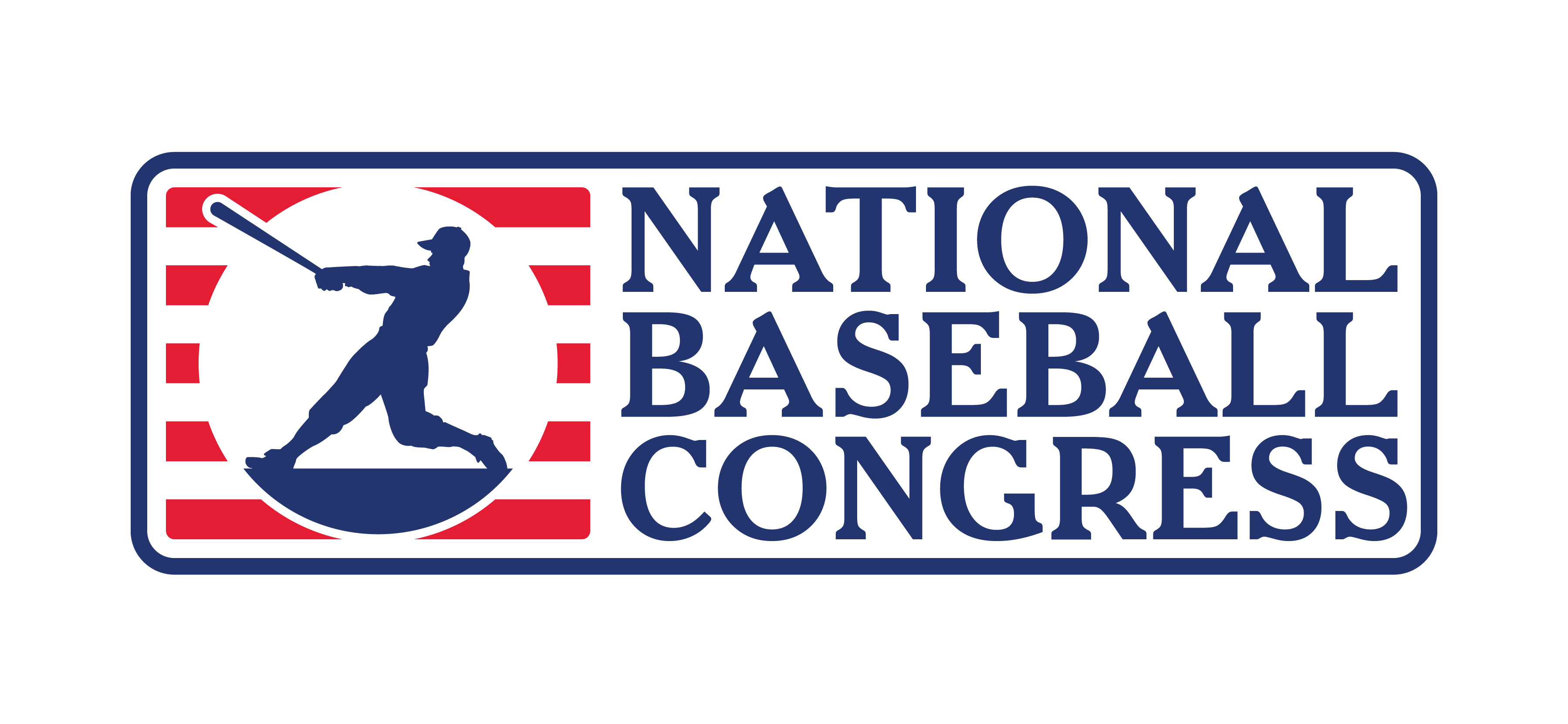1950s Blackouts=Glow-in-the-Dark Baseball
⋅ Baseball
Baseball in the dark? Leave it to Hap.
Perhaps one of NBC founder Hap Dumont’s wildest ideas – of which there were many – was to turn the lights off.
During World War II city-wide blackouts were instituted which required businesses and homes to turn off their lights so that population centers were not easily identifiable to potential enemy aircraft.
Dumont brought the blackout to the baseball diamond for one night during the war. For an exhibition game, he painted the balls, bats, bases and uniforms with a phosphorescent paint and then turned off the lights.
General Electric, intrigued by the concept, offered to attend the exhibition to check out the spectacle.
However, by all accounts, it was a disaster. The lack of depth perception made it almost impossible to play the game safely. On the field, light from the surrounding neighborhood affected the usefulness of the phosphorous and Dumont scrapped the idea before it ever saw the light of day.
Dumont quipped, “I haven’t given General Electric’s laboratories any competition since.”
Nevertheless, the fluorescent ball used, which he dubbed the Glo-Ball, made a return over a decade later.
Dumont used the Glo-Ball during the 1958 tournament (with the lights on) and even experimented with it in an exhibition game in Wichita between the St. Louis Cardinals and the Chicago White Sox.
It drew positive reviews from players – including Stan Musial – who played in that Wichita exhibition with the Cardinals.
A year later the ball went on sale to the public for $2.50.
A fluorescent ball would resurface in the Major Leagues in 1973 when Oakland A’s owner Charlie Finley introduced a fluorescent orange ball for two spring training games.
As Finley had predicted, the ball seemed to benefit the hitters. On March 29, 1973, in a matchup between Catfish Hunter (Oakland) and Gaylord Perry (Cleveland), a combined 16 runs were scored on 27 hits including six home runs. George Hendrick, who hit three of the homers that day said, “…maybe I was just lucky. I couldn’t pick up the spin of the ball.”
In fact, none of the hitters could pick up the spin because the entire ball including the stitches had been dyed orange. After poor reviews from the Major Leaguers at that time, the use of a fluorescent ball in baseball seemed to die in 1973, but its legacy at the National Baseball Congress lives on.

